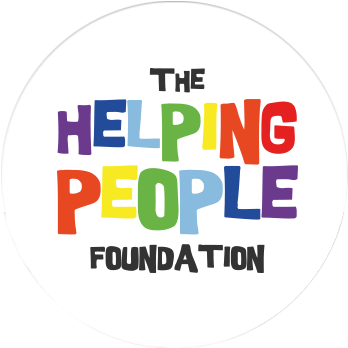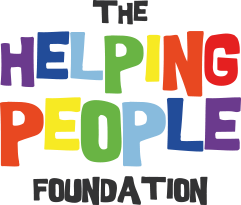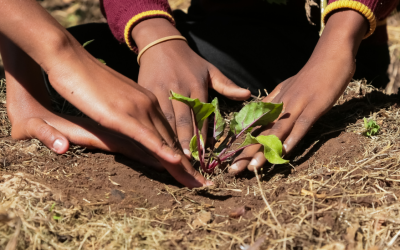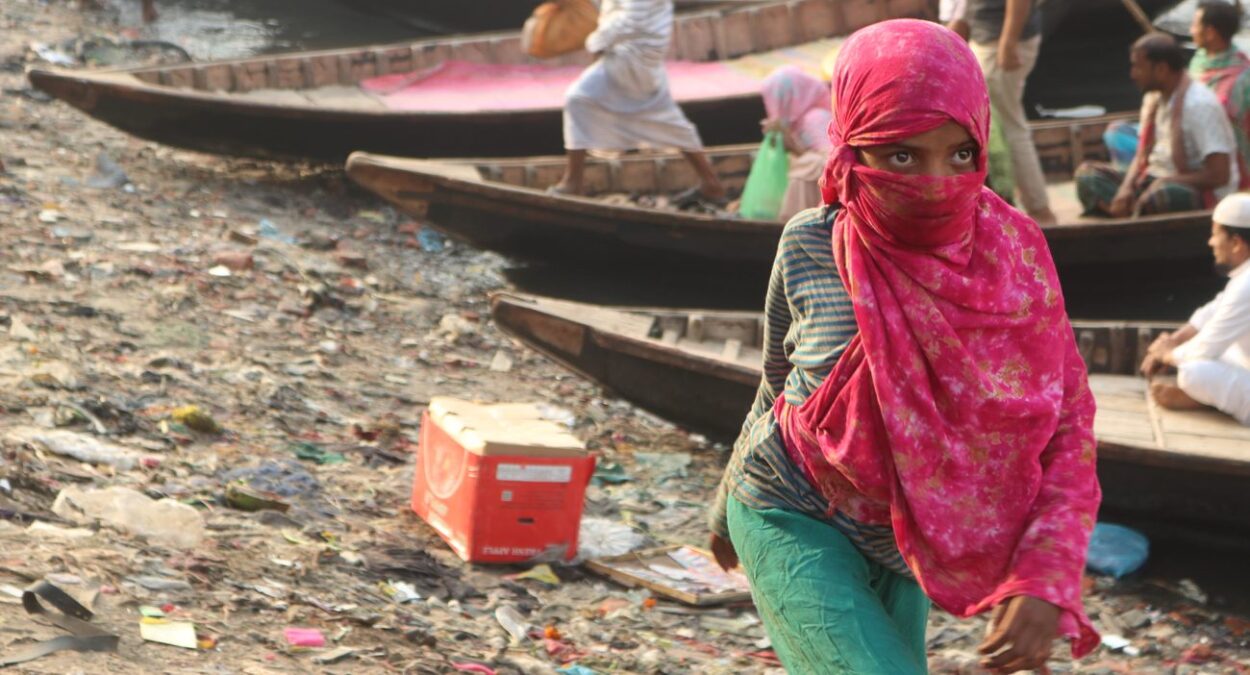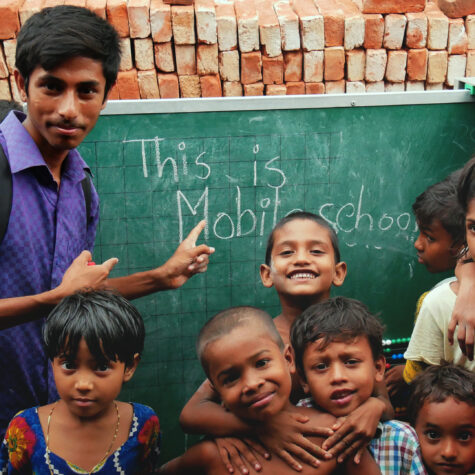CURRENT LIVING CONDITIONS IN BANGLADESH
SCHOOL
In terms of education, Bangladesh is comparatively well off. The goals set by the UN in the area of "Education for All" are being met, there is a high enrolment rate, but we do not have any reliable data on the school-leaving qualifications actually achieved.The literacy rate is 74 percent (as of: 2020). This is below average worldwide, less than neighbouring Myanmar and about the same level as India.
MEDICINE
Bangladesh spends less than three percent of its gross national product on health care. This is characterised by different possibilities to make use of the system. Wealthier residents have access to high-quality health services, while poorer people are not able to use the good services of public hospitals to the same extent. On the one hand, there is universal and free healthcare, but on the other hand, its performance is characterised by a lack of doctors and nurses, medicines and medical equipment.
Water
The continuous stress leaches the soils, the pesticides used contaminate the groundwater in addition to the naturally occurring arsenic. The increasing salinisation of soils has already been mentioned.The problem of local water shortages is also worsening. Water-borne diseases are common. The Foreign Office classifies the risk of diarrhoeal diseases as "very high nationwide".
nutrition
The need to feed a large amount of people in a relatively small country with limited agricultural land has problematic consequences.Another problem is malnutrition. It is the most common cause of death among children under five. Some progress has been made, but especially in rural areas, mortality rates are high in this context.

Geography
Bangladesh is a South Asian state on the Bay of Bengal, which is just under 148,000 km² (see BMZ) in size (for comparison: the area of Germany is 358,000 km²) and borders India to the north and west, and Myanmar to the east.
Bangladesh consists of 90% flat lowlands, part of which is the delta of the Meghna, Ganges and Brahmaputra rivers. With their approximately 230 tributaries, they form an extensive river landscape. Only in the south-east of the country is there a different landscape with the hilly and mountainous landscape of the Chittagong Hill Tracts.
Due to intensive farming, only 15 to 20% of the land is still forested. Some of these are tropical rainforests, and in the delta of the rivers there is extensive mangrove vegetation. With a total area of 10,000 km², these areas together form the largest mangrove forests on the planet.

History
The Indian subcontinent, which in addition to India also includes present-day Bangladesh and Pakistan, was ruled by the English from 1757. After independence in 1947, the territory was divided, creating India and Pakistan. Conflicts between the eastern and western parts of Pakistan led to a Bengali independence movement, which led to the independence of East Pakistan as Bangladesh in 1971. The People's Republic of Bangladesh was born. It is a parliamentary democracy with strictly majority voting.
Bangabandhu Sheikh Mujibur Rahman became the first Prime Minister. In 1975, he was assassinated by a group of officers and a military-backed government was formed. In 1990, Bangladesh returned to a democratically legitimised government after a popular uprising. AW (Awami League) and BND (Bangladesh Nationalist Party) alternated in the leadership, currently (2021) AW has 258 of the 300 seats. The current head of state is Abdul Hamiid, the prime minister is Shaikh Hasina. The prime minister has the actual power to govern; he is appointed by the president depending on the majority in parliament.
Currently, the country is in a tense internal political situation. The Foreign Office warns that rallies, strikes and demonstrations can lead to violent clashes. In October 2020, protests over the publication of Muhammad cartoons in France, led to riots in Dhaka. In various districts, foreigners are only allowed to travel with the permission of the authorities.

Economics
Bangladesh is, by area, an agricultural country, about 70% of the total territory is agricultural land. The industry focuses on textiles, jute, tanning, tea and pharmaceuticals, and the IT sector is becoming increasingly important.
Bangladesh has experienced economic growth of about 6.5% in recent years, most recently as high as 8%. Growth in industrial production was boosted primarily by rising exports. The second largest export market for Bangladesh is Germany. Economic development is hampered by deficits in orderly public administration, high youth unemployment and gaps in infrastructure. The railway network is outdated, the condition of many roads is poor.
The textile industry accounts for almost 11% of Bangladesh's GDP. It has brought rapid economic development to the country over the last few decades. There are job opportunities for more than 4 million people, especially women, in over 4,200 companies. Conditions in the factories are characterised by the violation of workers' rights. This includes poor pay - the government had doubled the minimum wage in 2018, but many sewing workers rely on up to five hours of overtime a day.
Bangladesh is currently in the process of rapid digitalisation. This is understood as an important component of the country's development. Bangladesh is a preferred country in outsourcing IT services from developed countries. 50,000 freelancers work in this field.
The poverty rate was reduced from 56.6% in 1990 to 21.8%. If economic growth remains high and stable, and population growth remains low, it is expected that poverty in the country could be eradicated by about 2030. However, these expectations should not lead to an overly positive optimistic assessment of the situation. For the time being, the unemployment rate is reported to be less than 5%, which is low, but the majority of employment is informal. There are many smallholder landless workers struggling with food insecurity and chronic poverty.
SOCIAL ISSUES
One risk factor is the social dislocation triggered by the floods, especially if they are larger than usual. Then there are migratory movements in the country. Some of the people who leave the disaster areas come back, others do not. Socially weaker people in particular are forced to stay from the start. The result is social imbalances throughout the country. The government in Bangladesh is trying to improve the social situation throughout the country.
THE REFUGEES CHALLENGE
In addition to the various difficulties, there has also been a refugee problem since 2017. In the summer of this year, the violent expulsion of the Rohingya, a Muslim minority, began in neighbouring Myanmar. Almost one million people fled to Bangladesh. In the world's largest refugee camp, Cox's Bazar, there is insufficient water and healthcare, hardly any educational opportunities, and often a lack of food. "The Rohingya therefore urgently need support from the international community in order to be able to establish the conditions for a life in dignity," writes the German Foreign Ministry.
THE CHALLENGE OF TERRORISM, CRIME AND DRUGS
Violence, abductions and human trafficking have increased in Bangladesh in recent years, and the victims are mostly women and children. The overall crime rate is high. Politically motivated violence and terrorism have also increased in recent times. The Federal Foreign Office in Berlin recalls an Islamist-motivated terrorist attack in July 2016 that killed 24 people in Dhaka. Islamist organisations continued to call for such attacks, so the danger still exists, despite an overall rather tolerant Islamic tradition.
The influence of Islamic fundamentalists has been growing since the 1980s. The government is trying to maintain a zero-tolerance strategy towards all these phenomena. On the other hand, the fact that many politically unpopular people disappear and that it cannot be ruled out that state bodies themselves are involved is a cause for concern.
Drug trafficking and drug use have also reached proportions that threaten public safety and economic development. The state is trying to control this with harsh penalties. The minimum penalty for drug possession is two years in prison, and the death penalty can be imposed for 25 grams or more of heroin or cocaine.
Sources:
Federal Ministry for Economic Cooperation and Development; URL: https://www.bmz.de/de/laender/bangladesch/soziale-situation-10692 (last accessed 28.01.2022)
Malteser ... because closeness counts; URL: https://www.malteser.de/index.php?id=169971&L=84#:~:text=Bangladesch%20ist%20einer%20der%20bev%C3%B6lkerungsreichsten,Dhaka%20hat%20neun%20Millionen%20Einwohner(last accessed 28.01.2022)
Statsita: Bangladesh: Largest Cities in 2021* (by Population); URL: https://de.statista.com/statistik/daten/studie/1100381/umfrage/groesste-staedte-in-bangladesch/#:~:text=Im%20Jahr%202021%20ist%20die,eine%20der%20gr%C3%B6%C3%9Fte%20St%C3%A4dte%20Asiens. (as at: 21.01.2022)
